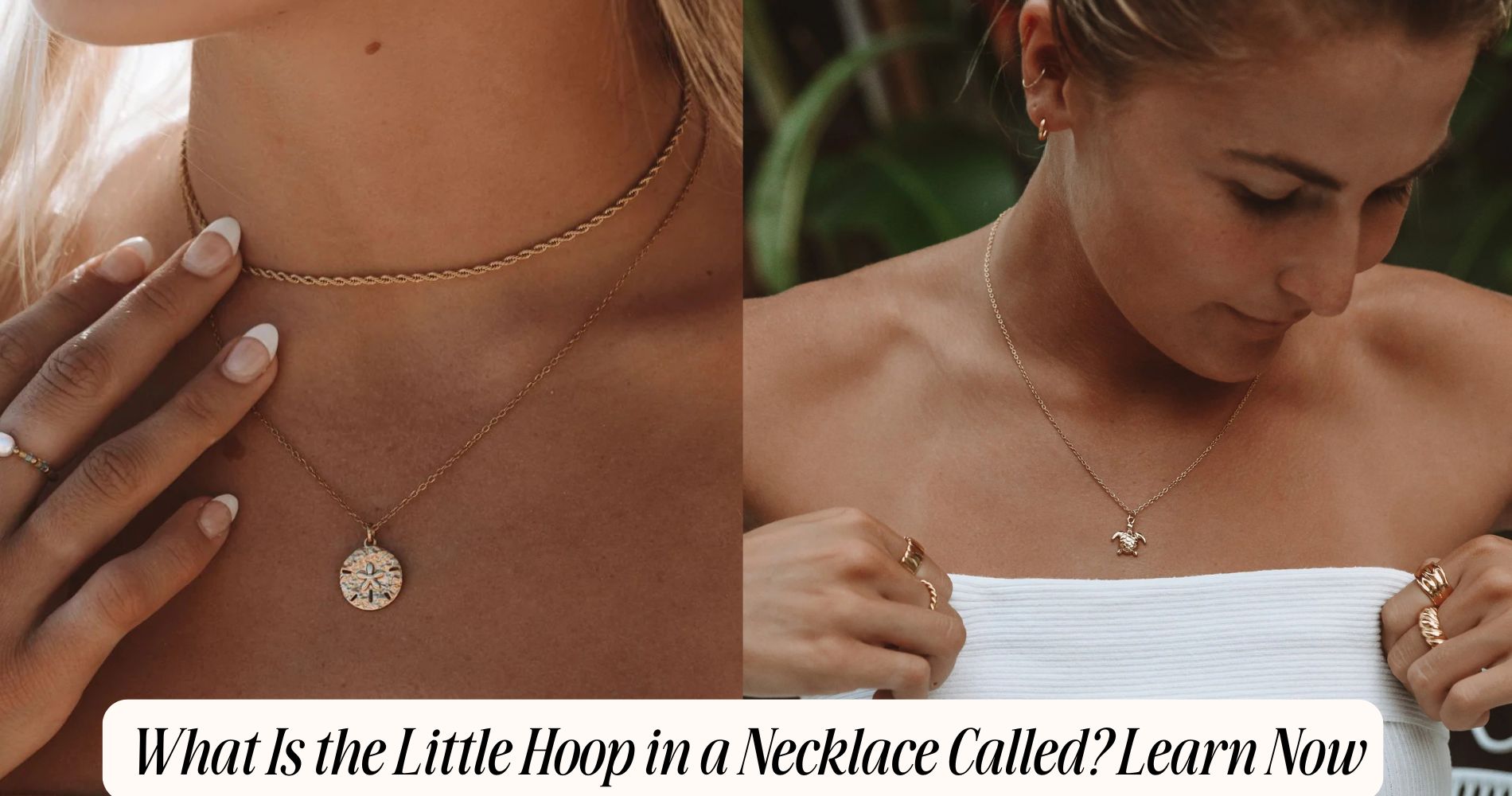
What Is the Little Hoop in a Necklace Called? Learn Now
What is the little hoop in a necklace called? It’s known as a jump ring. These small yet essential metal loops play a crucial role in jewelry design, connecting pendants, chains, and clasps. They make assembly and repairs easier while enhancing both functionality and aesthetics. Jump rings come in open and closed varieties—open ones allow for easy attachments, while closed ones ensure secure connections. Soldered jump rings provide added stability. Available in various sizes and materials, choosing the right one is key to durability. Understanding their role can deepen your appreciation for jewelry, especially in delicate designs like those in our Ocean Necklaces collection.
Understanding Jump Rings
Jump rings are small metal loops that play an important role in jewelry design, particularly in necklaces. Their primary jump ring functionality is to connect various components, such as pendants and chains, allowing for flexibility in design.
You'll find that jump rings come in various sizes and materials, creating multiple jump ring variations. These variations include open jump rings, which you can easily manipulate to attach items, and closed jump rings, which provide a more secure connection.
When selecting jump rings, consider the gauge and diameter to guarantee compatibility with your project. Using the right jump ring not only enhances the aesthetics of your necklace but also assures durability, making it an essential choice in jewelry crafting.
History of Jump Rings
Jump rings have a rich history rooted in ancient jewelry-making techniques, where artisans crafted them from various metals to connect components of intricate designs.
Over the centuries, the use of jump rings has evolved, now featuring in modern jewelry for both functional and decorative purposes.
Understanding their historical significance can enhance your appreciation for contemporary designs and the craftsmanship behind them.
Ancient Jewelry Techniques
Although often overlooked, the small metal loops you see in jewelry, known as jump rings, have a rich history rooted in ancient crafting techniques.
These ancient techniques involved hand-forging metal, where artisans skillfully shaped wire into loops to create functional and decorative elements. The craftsmanship required precise measurements and a deep understanding of materials, ensuring that each jump ring could withstand tension and stress.
Ancient cultures, from the Egyptians to the Celts, innovated various methods for joining metal pieces, often using soldering or twisting techniques.
This foundational knowledge in jewelry craftsmanship has influenced modern practices, reinforcing the importance of these small components in the overall integrity and design of jewelry.
Understanding this history enriches your appreciation of the art form today.
Modern Usage and Design
Today, jump rings play a pivotal role in modern jewelry design, serving both functional and aesthetic purposes. You'll find them as essential components in chain links, clasps, and dangles, supporting the structure of intricate pieces.
With modern trends leaning towards minimalist and layered designs, jump rings are often used in creative ways to enhance visual appeal. Design innovations have led to the production of jump rings in various materials and finishes, such as sterling silver, gold-filled, and even colorful anodized aluminum.
This versatility allows you to customize your pieces to match personal styles while ensuring durability. By incorporating these tiny hoops thoughtfully, you can elevate your jewelry creations, making them not only functional but also strikingly beautiful.
Types of Jump Rings
When choosing jump rings for your jewelry projects, you'll encounter two main types: open and closed.
Open jump rings allow for easy assembly and disassembly, while closed jump rings offer a more secure connection.
Additionally, you'll need to contemplate the sizes and materials available, as these factors greatly influence the durability and aesthetic of your piece.
Open vs. Closed Jump Rings
Jump rings play an important role in jewelry making, and understanding the difference between open and closed jump rings is essential for any artisan.
Open jump rings are designed to be easily manipulated; they can be opened and closed, allowing you to attach or detach elements like charms or pendants. However, this flexibility comes with a risk of them coming apart unintentionally, especially if not secured properly.
Closed jump rings, on the other hand, provide a more secure connection since they can't be opened without cutting them. They're ideal for permanent links in your designs.
Knowing when to use open jump rings versus closed jump rings can greatly impact the durability and functionality of your jewelry creations.
Sizes and Materials Used
While selecting the right jump ring for your jewelry project, it's crucial to evaluate both size and material, as these factors directly influence the strength and aesthetic of your design.
Jump ring sizes typically range from 2mm to 12mm in diameter, with variations in thickness, allowing you to choose based on the weight of your components and overall design. Thicker jump rings offer greater strength, while thinner ones can provide a delicate appearance.
As for jump ring materials, you'll often encounter options like sterling silver, gold-filled, stainless steel, and aluminum. Each material has its unique properties; for instance, stainless steel is durable and rust-resistant, while sterling silver provides a classic, elegant look.
Choose wisely to enhance your creation's integrity and style.
How Jump Rings Are Made
Creating jump rings involves a precise process that begins with selecting the appropriate wire gauge and material, typically metal like copper or stainless steel.
Once you've chosen your jump ring materials, you'll cut the wire into uniform lengths.
Next, using a specialized tool, you'll carefully coil the wire around a mandrel to form a circular shape.
Afterward, you'll cut the coils into individual rings, guaranteeing clean edges for maximum functionality.
For durability, many opt to harden the rings through annealing or other methods during jump ring manufacturing.
Finally, you'll finish them by polishing or plating, enhancing both appearance and corrosion resistance.
This meticulous process guarantees the jump rings are strong and reliable for various jewelry applications.
Importance in Necklace Design
In necklace design, the little hoop, often a jump ring, plays an essential role in enhancing structural stability.
It connects various components securely, ensuring the piece withstands wear over time. Additionally, these hoops contribute to the overall aesthetic appeal, allowing for creative designs that catch the eye.
Structural Stability Enhancement
As you explore necklace design, understanding structural stability enhancement is vital for guaranteeing the longevity and durability of your piece.
Incorporating high-quality materials and techniques can greatly improve jump ring durability, which plays a key role in maintaining the overall structural integrity of the necklace. When selecting jump rings, opt for those made from robust metals like stainless steel or hardened aluminum, as they withstand wear and stress better than weaker alternatives.
Additionally, consider the connection method; soldered jump rings provide enhanced stability compared to merely closed ones.
Aesthetic Appeal Contribution
While the structural integrity of a necklace is essential, its aesthetic appeal considerably influences a potential buyer's decision.
A necklace's design elements, such as color, shape, and texture, play an important role in aligning with current aesthetic trends. You'll notice that the little hoop, or jump ring, can enhance visual interest by seamlessly integrating different components.
It acts as a connector that not only guarantees functionality but also contributes to the overall beauty of the piece. By selecting materials and finishes that resonate with contemporary trends, designers can create necklaces that captivate and draw attention.
Ultimately, a well-considered aesthetic enhances the necklace's desirability, making it a more appealing choice for consumers seeking style and elegance.
Common Uses in Jewelry
Though often overlooked, the little hoop in a necklace, commonly known as a jump ring, plays an essential role in jewelry design and functionality.
You'll find jump rings used to connect various components, such as chains, pendants, and clasps. Their design allows for easy assembly and disassembly, making them perfect for repairs or alterations.
Jump rings come in various sizes and materials, which you can choose based on the overall aesthetic and strength required for your piece. Additionally, they enable the layering of different elements, enhancing the visual appeal of your jewelry.
Understanding the common uses of jump rings can elevate your craftsmanship and guarantee your creations are both functional and beautiful.
How to Identify a Jump Ring
Identifying a jump ring is crucial for anyone working with jewelry, especially if you want to guarantee the integrity of your designs.
To begin jump ring identification, examine the shape; it should be a circular metal loop. Check the opening; a well-made jump ring will have a clean, uniform split without any jagged edges.
Assess the gauge; thicker rings provide more strength, while thinner options are suitable for delicate designs. Look for the finish, as jump rings come in various materials like sterling silver, gold-filled, or stainless steel, affecting their appearance and durability.
Finally, consider the size; they vary widely, so choose one that fits your specific jewelry making needs. Understanding these characteristics guarantees you select the right jump ring for your projects.
Jump Rings vs. Other Components
When comparing jump rings to other jewelry components, it's vital to understand their unique functions and applications.
Jump rings come in various types, such as open, closed, and soldered, each serving different purposes in jewelry design. Open jump rings allow for easy attachment of components, while closed rings provide a secure connection that's less likely to open unexpectedly.
In contrast, other components like clasps and connectors focus primarily on securing the jewelry piece rather than linking individual elements. Understanding these jump ring applications helps you make informed choices when assembling or repairing jewelry.
Ultimately, jump rings offer versatility that other components may lack, making them indispensable for creating intricate designs and maintaining structural integrity in your pieces.
Tips for Jewelry Care
Proper jewelry care is key to preserving the beauty and longevity of your pieces, especially after assembling them with components like jump rings.
Regular cleaning techniques, such as using a soft cloth or a gentle jewelry cleaner, can help remove tarnish and dirt. Avoid harsh chemicals that may damage your materials.
For storage solutions, keep your jewelry in a cool, dry place, preferably in a fabric-lined box or individual pouches to prevent scratching and tangling. Consider using anti-tarnish strips to further protect your pieces.
Always store delicate items separately to avoid friction. By implementing these methods, you'll guarantee that your jewelry remains sparkling and intact for years to come.
Where to Buy Quality Jump Rings
Are you looking to enhance your jewelry-making experience with high-quality jump rings? When it comes to sourcing these essential components, focusing on reputable suppliers is vital.
Start by researching local craft stores and online retailers known for jewelry-making supplies. Look for reviews and customer feedback to identify trusted sources.
When shopping, pay attention to the material—opt for stainless steel or sterling silver for durability. Also, check the size and gauge to guarantee they fit your projects.
Additionally, consider buying in bulk for cost savings. A reliable supplier often provides certifications for metal quality, which can be a helpful buying tip.
Frequently Asked Questions
Can Jump Rings Be Used in Other Types of Jewelry?
Absolutely, jump rings have versatile applications in jewelry design. You can use them for attaching charms, connecting components, or creating chain links, enhancing both functionality and aesthetics in your pieces while ensuring durability and strength.
How Do I Open and Close a Jump Ring Properly?
To open a jump ring, grasp it with jump ring tools, twisting sideways. To close, reverse the twist until it aligns. Consider jump ring alternatives like split rings for added security in your jewelry designs.
What Materials Are Jump Rings Typically Made From?
Jump rings typically come in various materials, including stainless steel, brass, and sterling silver. Each jump ring type affects durability and appearance, so choose wisely based on your project's needs and desired aesthetic.
Are There Different Sizes of Jump Rings Available?
Yes, jump ring sizes vary considerably, accommodating different jump ring uses. You'll find them in various diameters and wire thicknesses, allowing you to choose the perfect size for your jewelry projects and assembly needs.
How Do I Choose the Right Jump Ring for My Project?
To choose the right jump ring for your project, consider jump ring types like open, soldered, or welded, and their specific jump ring uses, ensuring they match your design's strength and flexibility requirements for ideal results.
Conclusion
In conclusion, jump rings are essential components in necklace design, providing both functionality and aesthetic appeal. Understanding their types, manufacturing process, and role can enhance your jewelry-making skills. By properly identifying and caring for jump rings, you guarantee the longevity of your creations. Whether you're purchasing them or crafting your own, knowing the differences between jump rings and other components will elevate your designs. Embrace the versatility of jump rings to transform your jewelry-making experience.








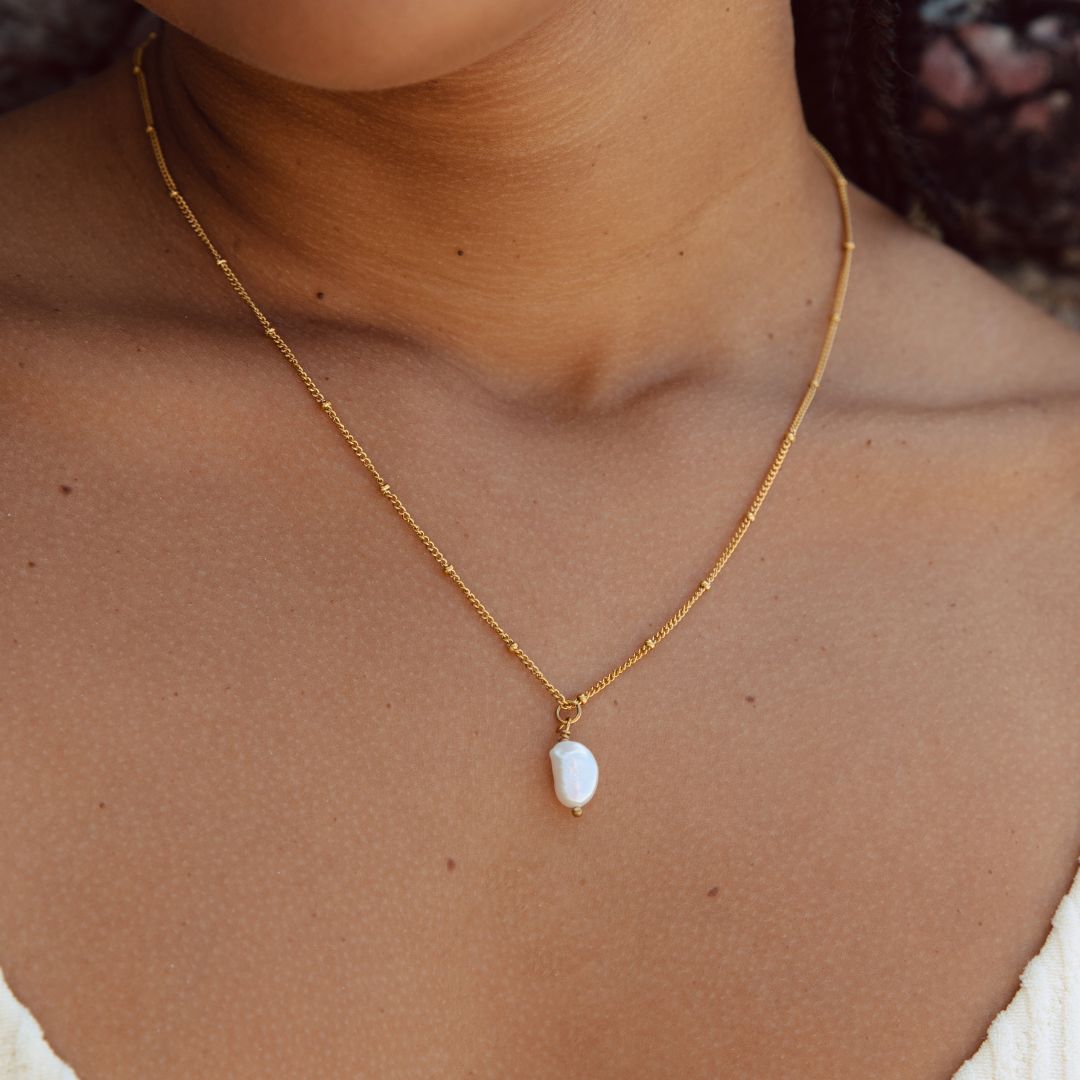

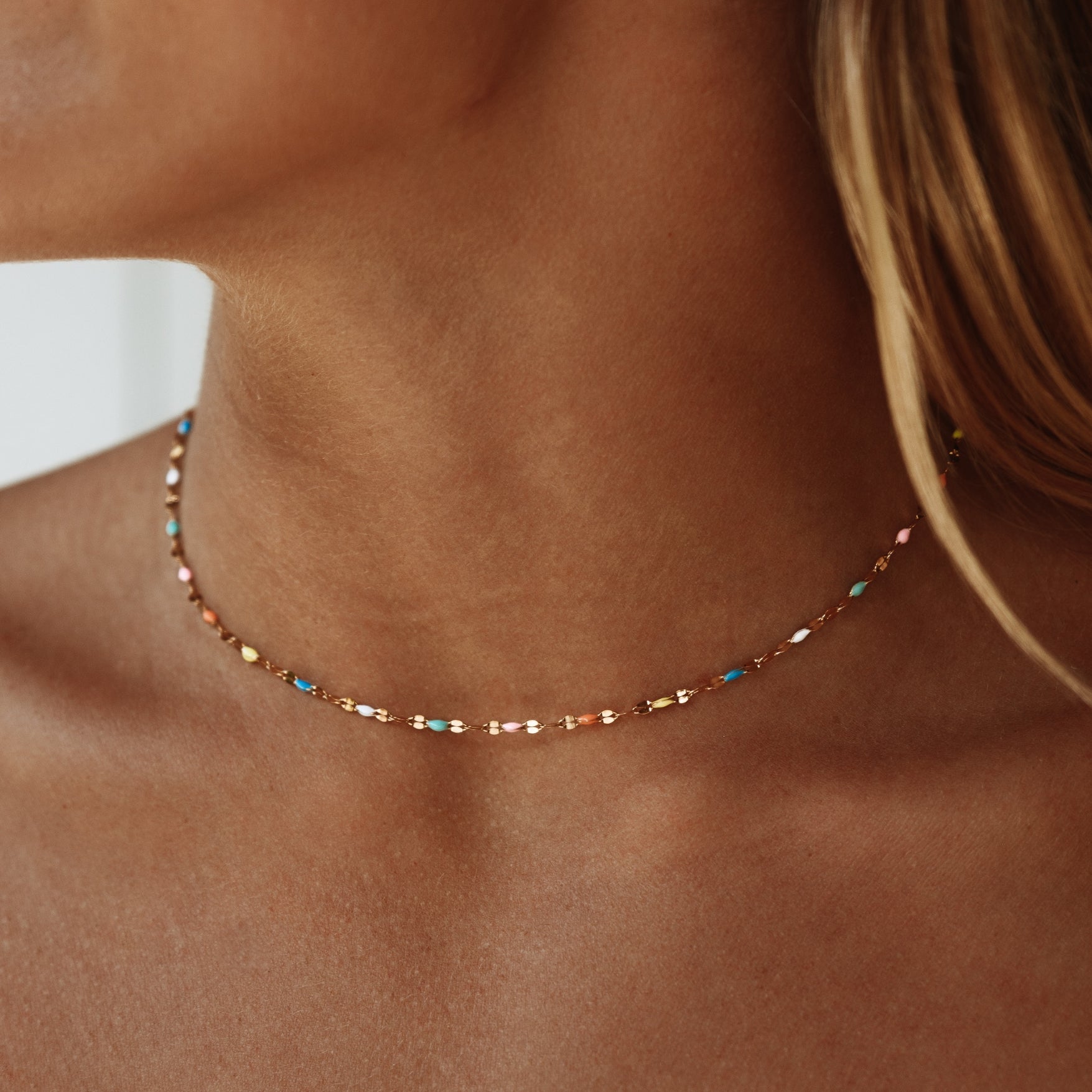


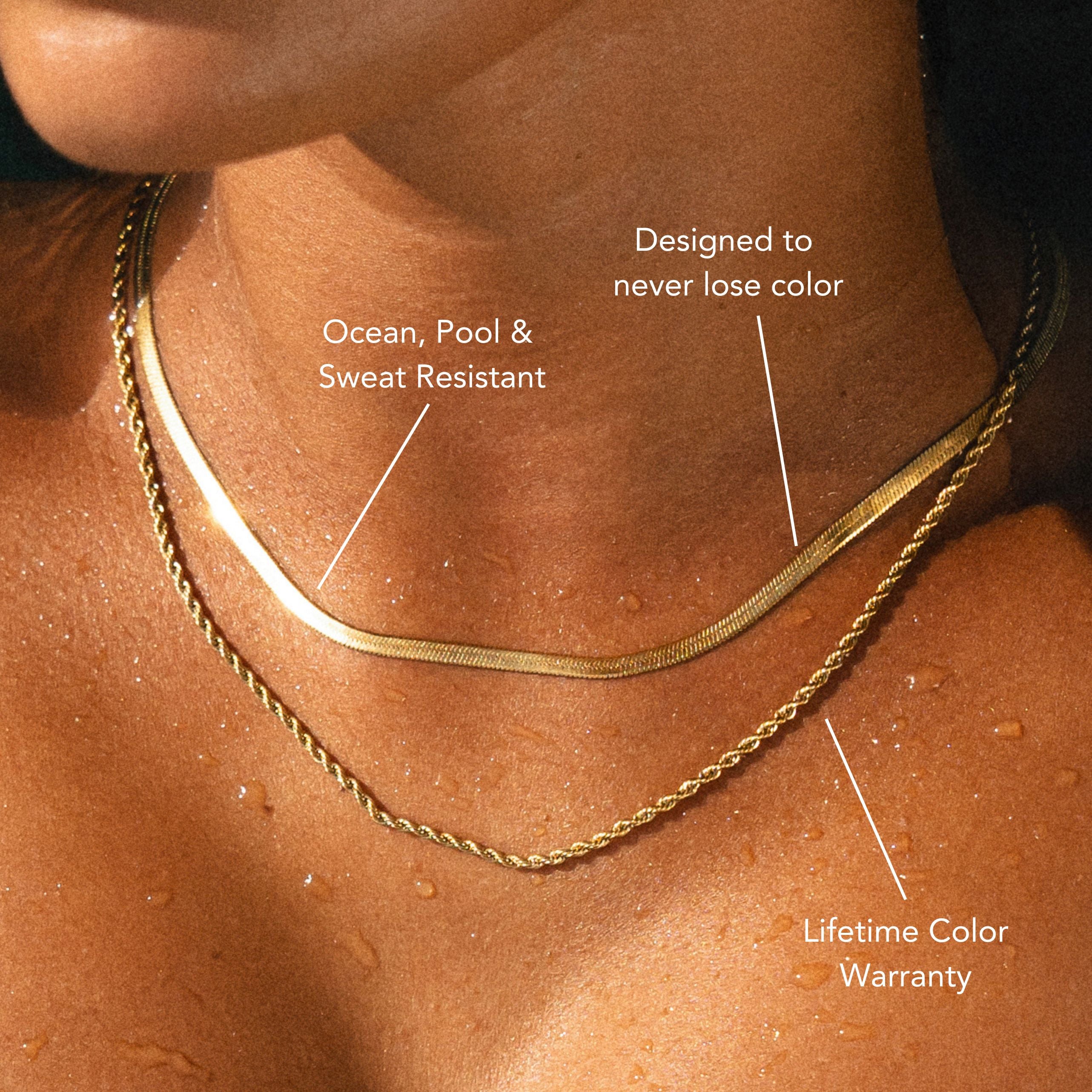
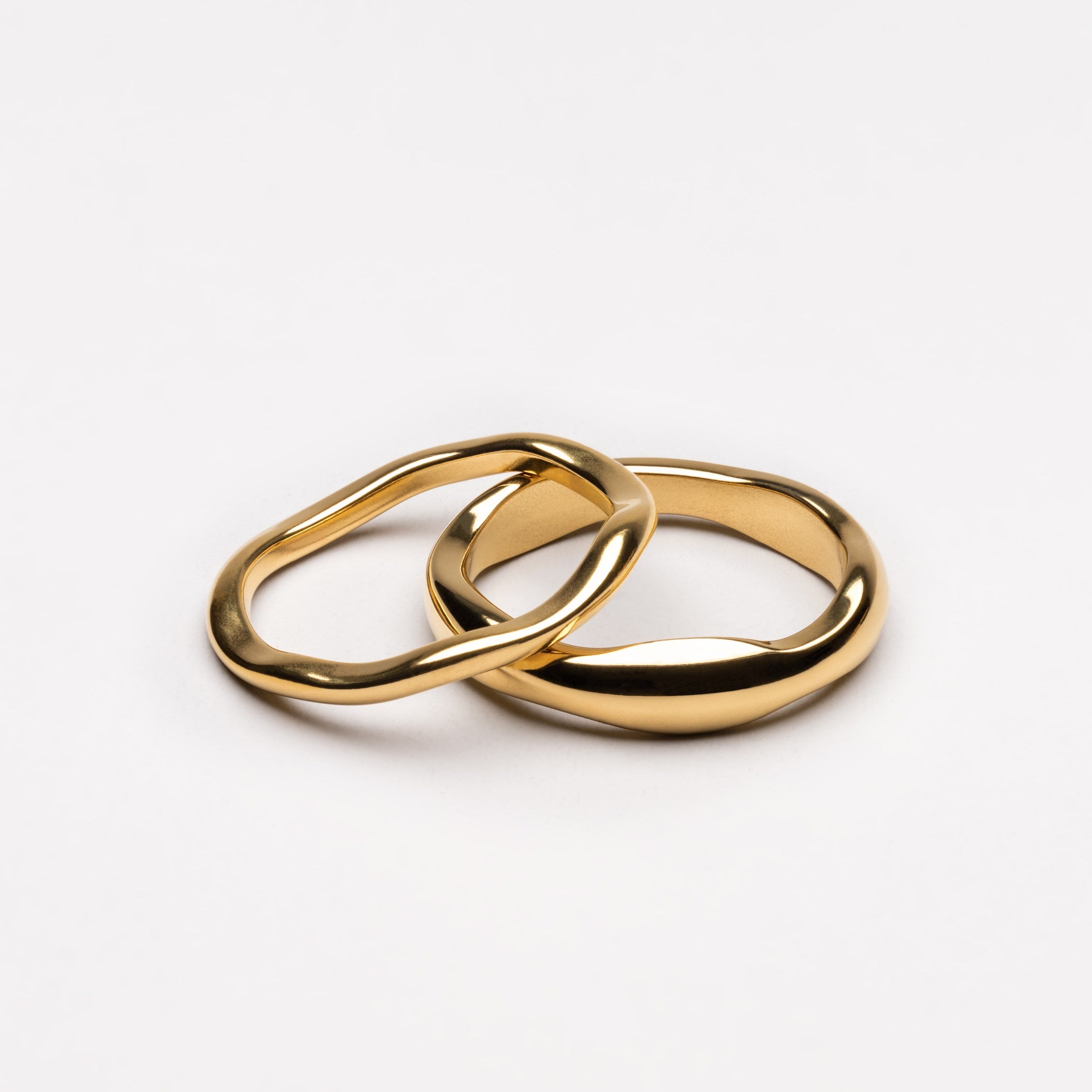
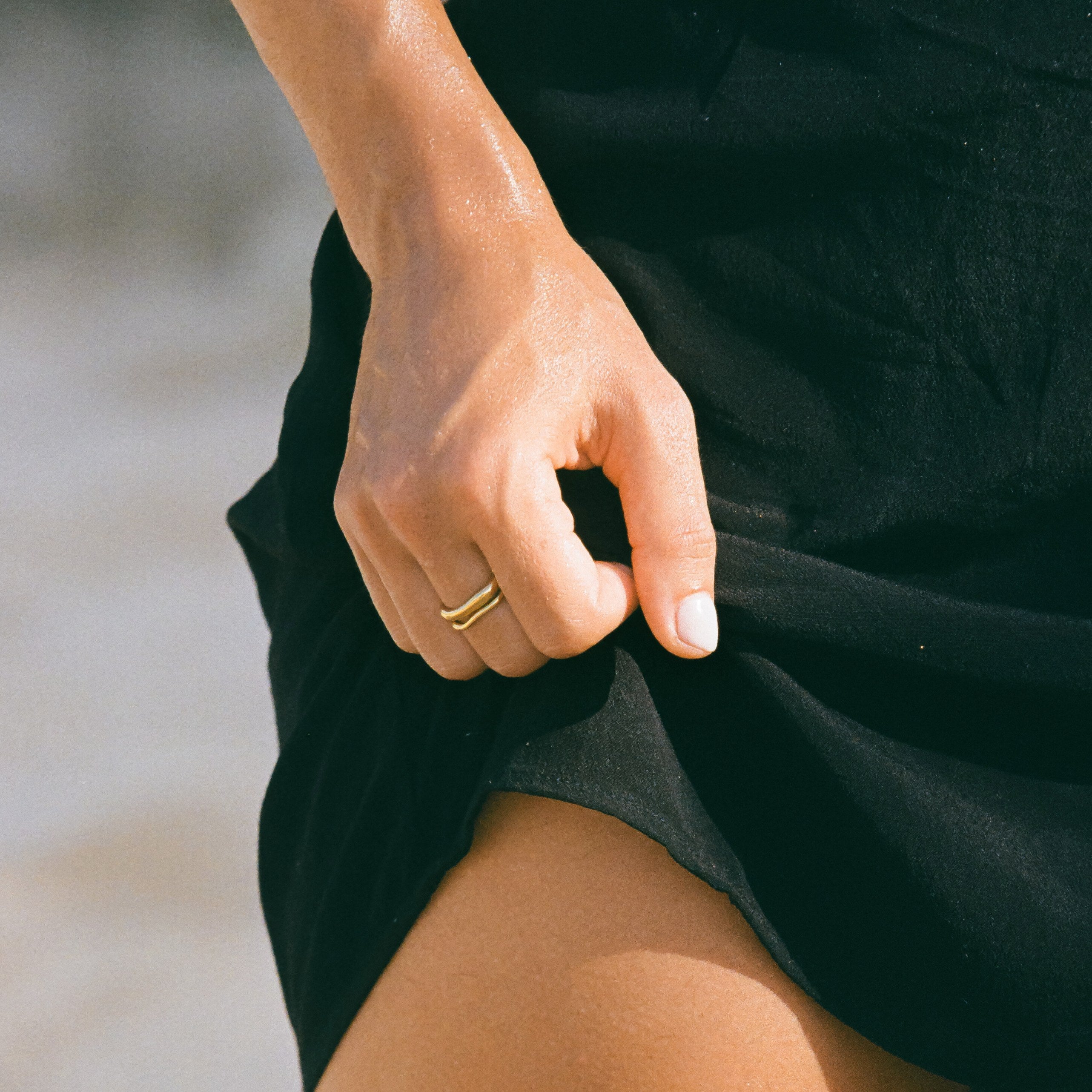

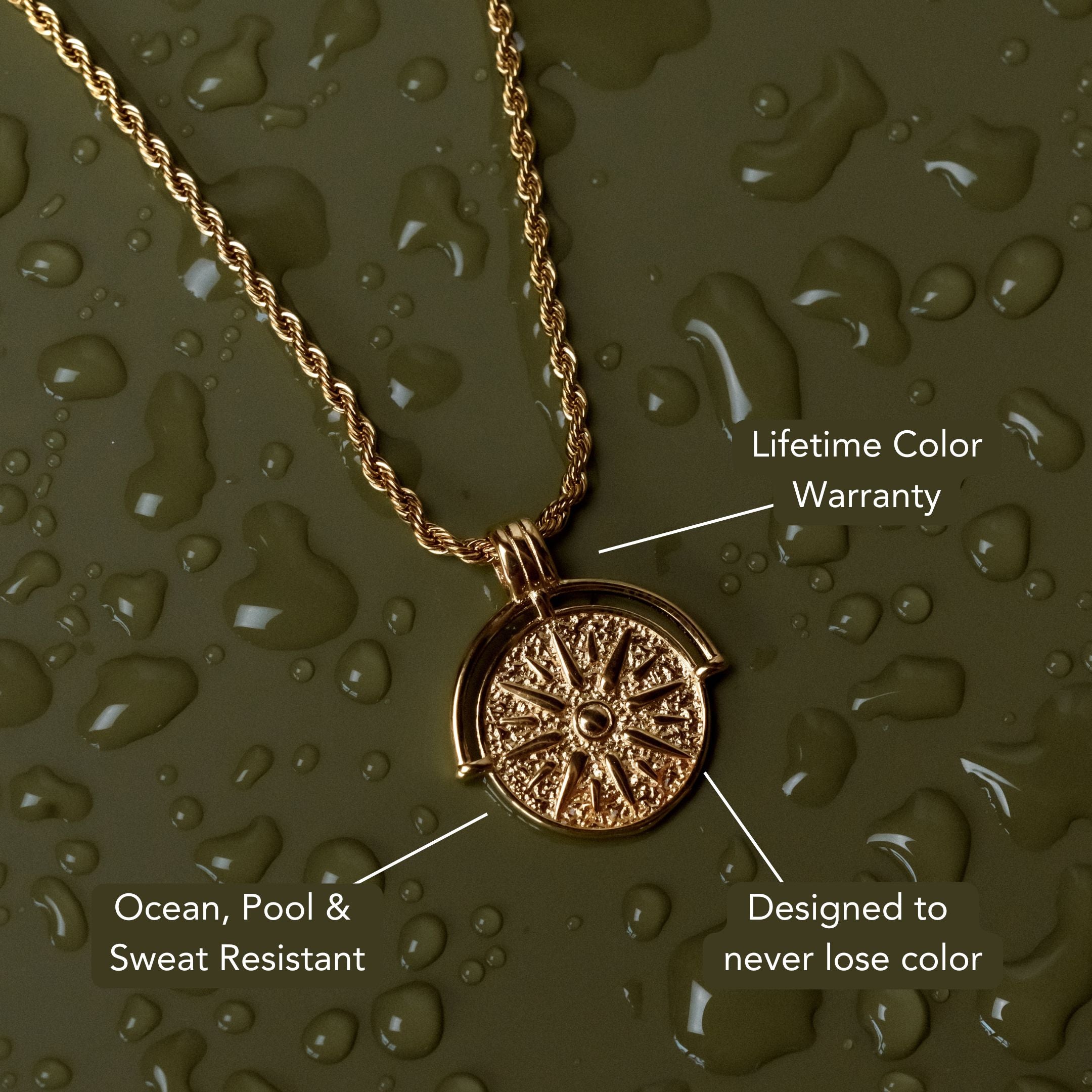
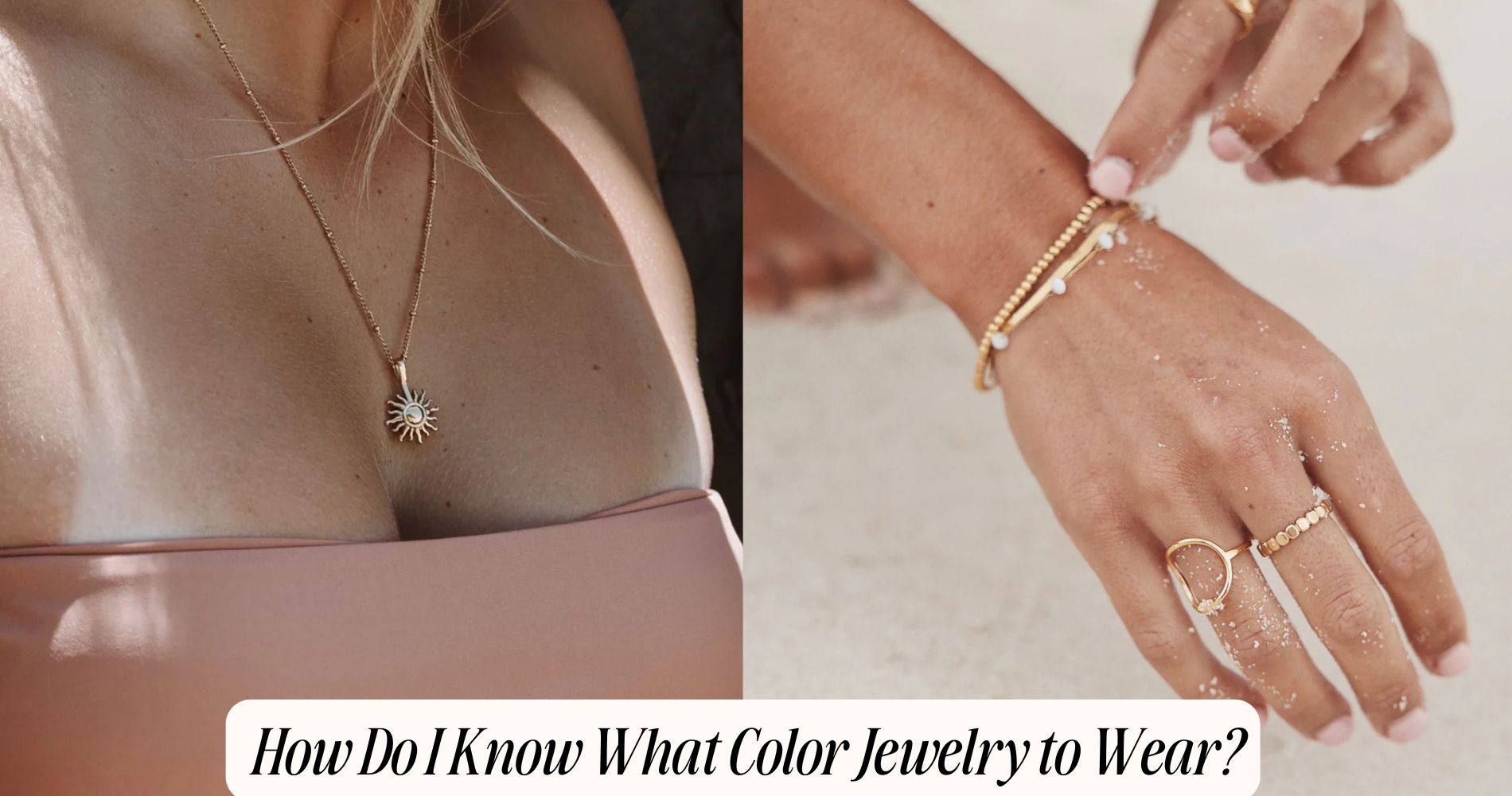
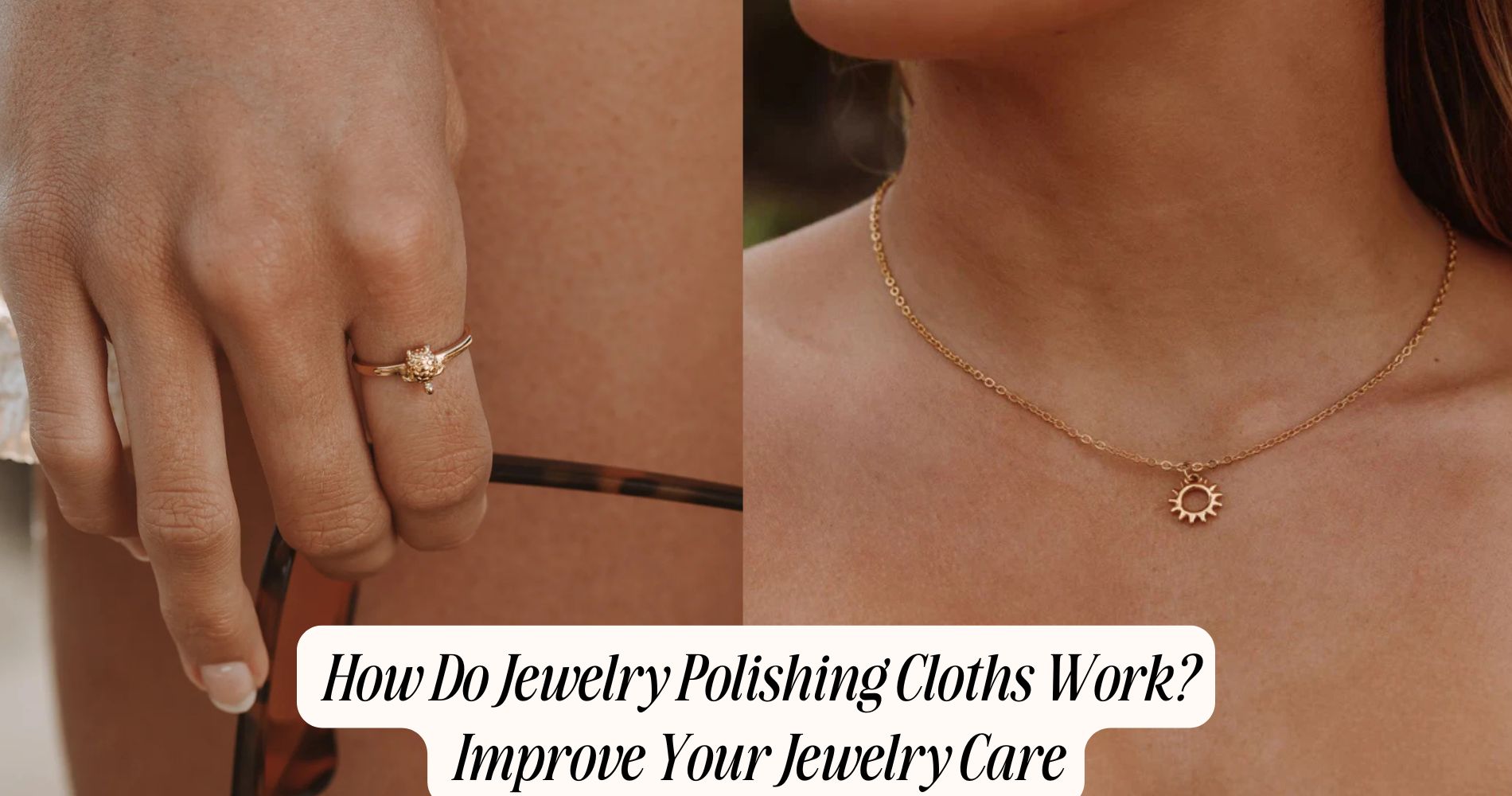




Leave a comment
This site is protected by hCaptcha and the hCaptcha Privacy Policy and Terms of Service apply.